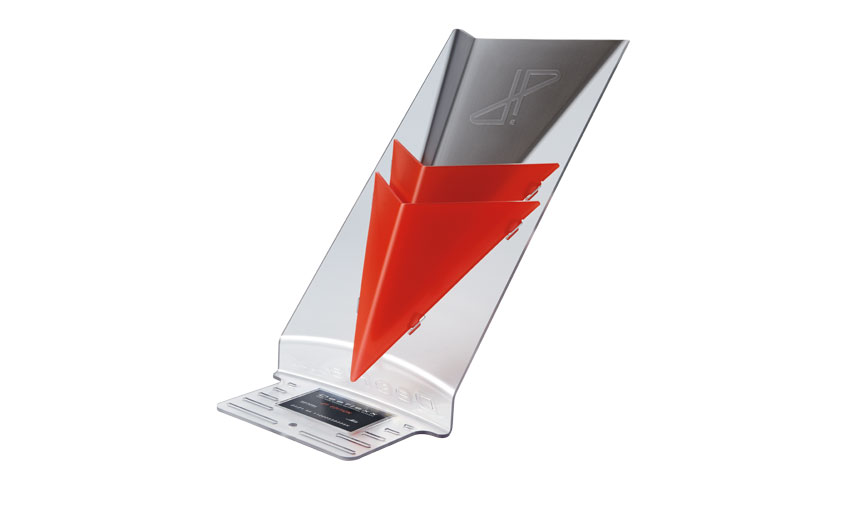MusicRadar Verdict
In the right place, the Deeflexx can make a considerable contribution to improving your tone.
Pros
- +
Does what it says, as long as your volume control is turned up enough.
Cons
- -
Pricey.
MusicRadar's got your back
If you're playing large gigs with amps at high volumes, a sound deflector like the Hoovi H1 Deeflexx could change your tone for the better.
Sound waves are more directional at higher frequencies - not good news for us guitar players, since the average 12-inch loudspeaker tends to be very directional above 4kHz.
"The Deeflexx doesn't block, rather it deflects sound waves to achieve a homogenous frequency response"
This leads to a phenomenon called 'beaming', where you only hear the speaker's full frequency range if your ears are directly in line with the centre of the cone.
The idea of a 'beam blocker' - a device that sits in front of the cone and blocks or diffuses the highs - isn't new, but Austrian entrepreneur Hubert 'Hoovi' Hochleitner has taken the concept and run with it.
In Use
The Deeflexx doesn't block, rather it deflects sound waves to achieve a homogenous frequency response over both horizontal and vertical axes. Made from tough shatterproof Perspex, it's designed to look impressive under stage lights.
A tongue extends underneath your cabinet, which you can either wedge or bolt-fix using T-bolts and wing nuts. We were quite surprised to find just how effective it is at redistributing highs and lows for a uniform frequency response in a variety of different venues.
In situations where you can use your backline amp at a decent volume, the Deeflexx will make a significant improvement to what you and your audience hear. However, such gigs are getting rarer, with in-ear monitoring and offstage isolation cabinets now the norm for many stages.
“Built from the same sacred stash of NOS silicon transistors and germanium diodes, giving it the soul – and snarl – of the original”: An octave-fuzz cult classic returns as Jam Pedals resurrects the Octaurus
What’s the buzz? Meet Yellowjacket, Cherry Audio's recreation of EDP’s trend-setting Wasp from 1978
“A fabulous trip through all eight songs by 24 wonderful artists and remixers... way beyond anything I could have hoped for”: Robert Smith announces new Cure remix album










